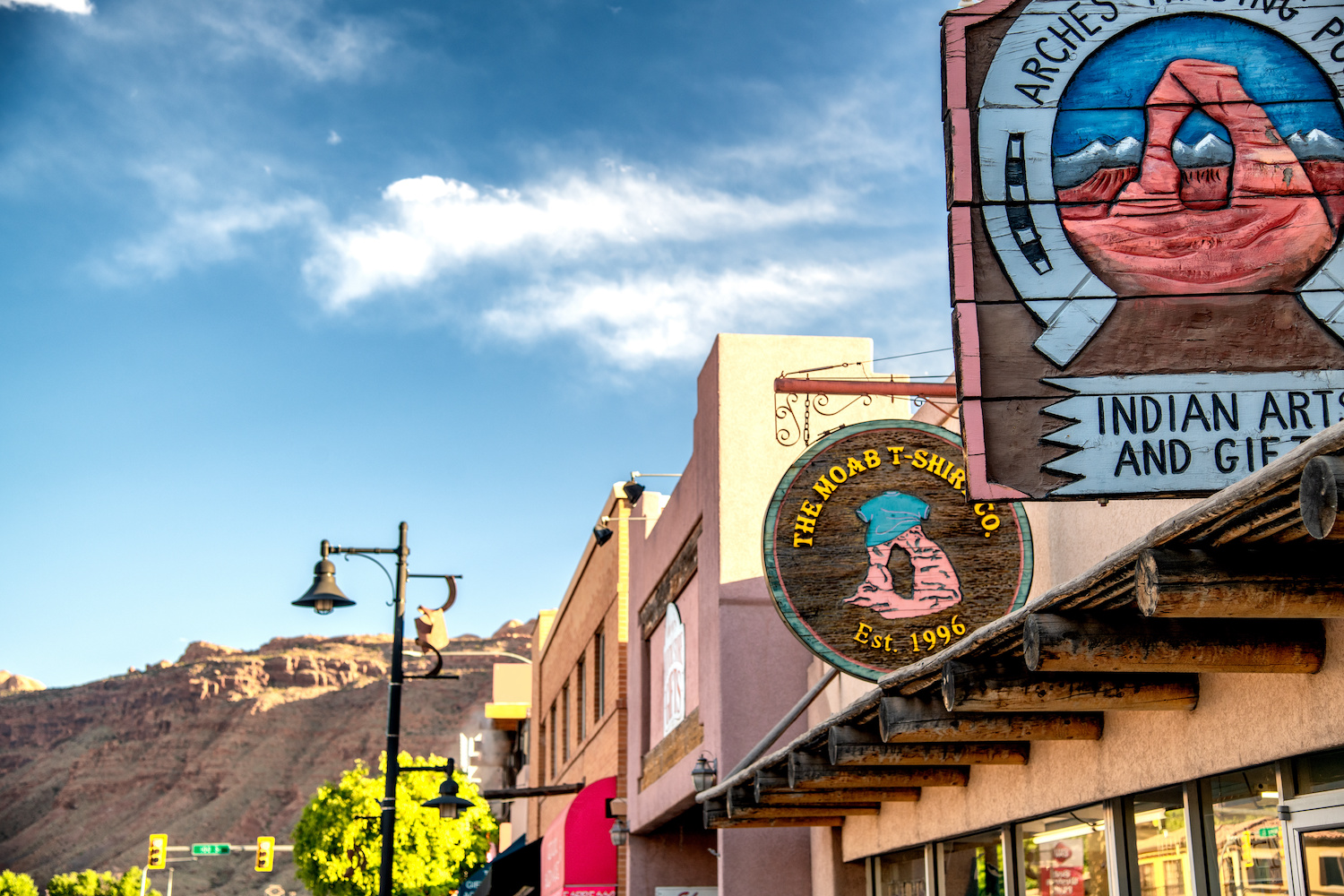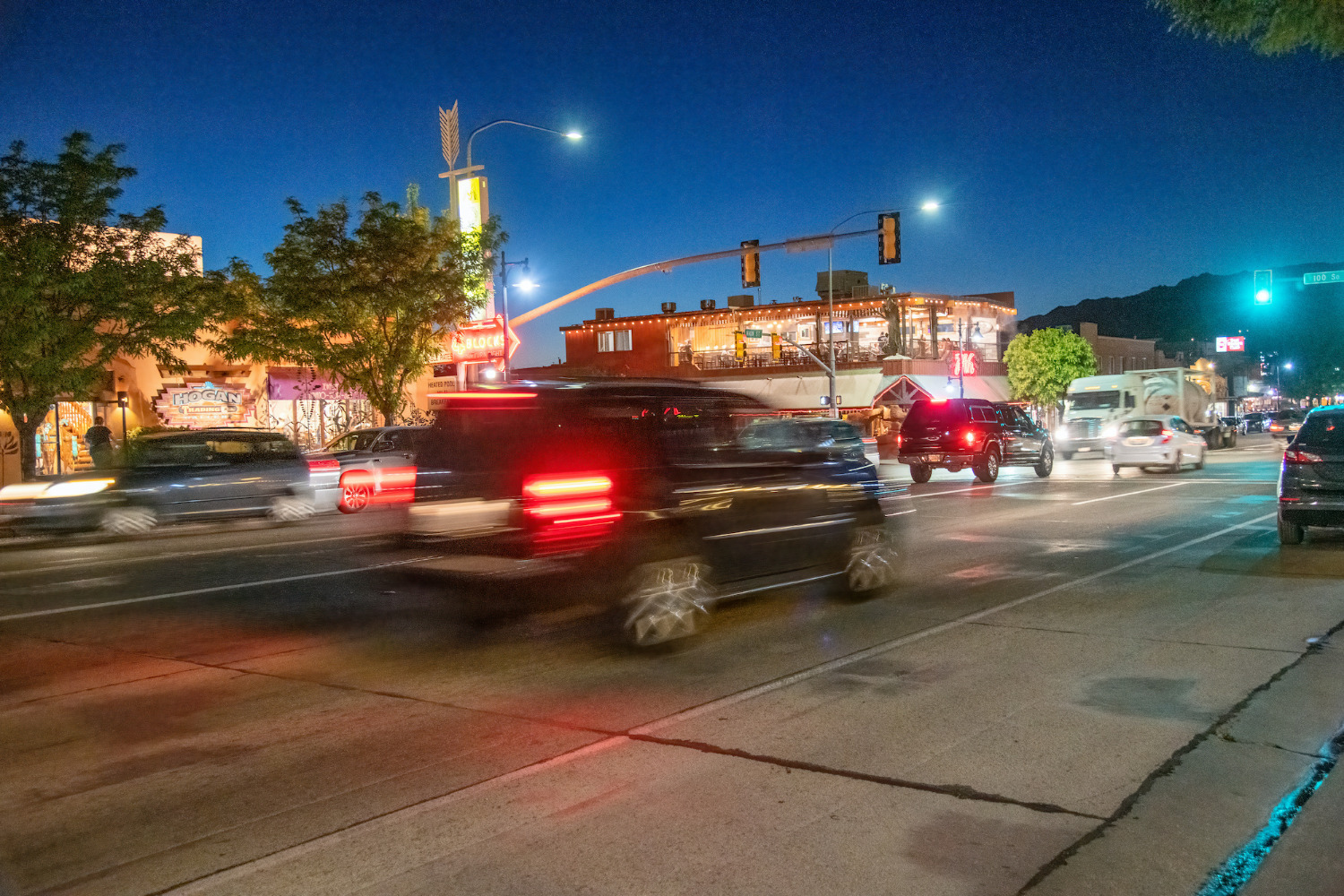
Students Engaging in GNAR Communities
By: Ian Van der Merwe
I first learned about Gateway to Natural Amenity Region (GNAR) communities in a workshop class right after the start of the COVID-19 pandemic. My interests had previously focused on “urban” areas; dense, developed, spaces where society had completely transformed the surrounding environment to meet its needs. What caught my eye about GNAR communities however, was that these otherwise rural spaces were showing signs of challenges that I had previously only considered to be urban problems: a loss of affordable housing, rising inequality, overwhelmed transportation networks, etc. As a student who entered the Urban Ecology program at the University of Utah without a specific goal but with a passion for social issues, I was shocked that I had ignored the real and present issues that were cropping up in rural spaces. Gone were my illusions of rural communities being backwater towns filled with cowboys, the reality was far more interesting, and had issues which were far more inter-connected with the urban challenges I was exploring prior.
Within the scope of rural places, GNAR communities are incredibly unique, their proximity to natural amenities brings with it a promise of economic prosperity hitherto unknown to rural America since the mass exodus of energy jobs. But this promise comes with a cost. With a developed tourism economy comes a host of service industry jobs, jobs in maintenance, food preparation and serving, and general merchandise sales, to name a few. And while job creation is often framed as a positive force for communities, many of these jobs, especially those in the service industry (a key industry in tourist economies) are low-waged positions. At the same time as these jobs are created, the tourism sector can inflate land values as businesses like hotels see the chance to meet the rising needs of tourists.
Caught between low-wage occupations and the rising cost of living coming from increased land values, it is easy to see why a developed GNAR community like Moab, Utah, might now experience issues with affordable housing and social inequality. In Moab, median housing values have risen over 62% between 2000 and 2018 (from $143,118 to $231,700) while median rents have risen 17% in the same period (from $575 in 1990 to $824 in 2018), with over a fifth of rents being above $1,000. Comparing this growth with the average growth of housing values and rents across all GNAR communities shows that while the rise in median rent is only slightly above the average (16%), median home values have risen significantly faster than the average growth in GNAR communities, standing at 38%1.
While neither rising housing values nor rents inherently mean a rise in socio-economic inequality or displacement of workers, Moab, with close to 45% of the community's employment in the tourism industries (Arts, Entertainment, and Recreation; Food; Accommodations and Lodging), industries, as previously noted, with notoriously low-wages, these trends need to be kept in mind if we are to avoid the emergence of a GNAR-induced process of rural gentrification.
The potential here for insecurity and instability for low-waged workers became a reality in the COVID-19 pandemic; in the workshop course where I first learned about GNAR communities, we were tasked with creating a short case-study looking at how specific GNAR communities experienced and dealt with the pandemic. I was a part of the group tasked with looking at Moab. In exploring Covid-19’s impacts on Moab we discovered that in Grand County, where Moab is located, unemployment peaked at 27% in April 2020, nearly double what the national unemployment figure at the time2, with the vast majority of unemployment claims in leisure and hospitality services.
In developing our case study, my team and I conducted several interviews, including some with local government officials. In the course of our interviews we learned that two of the most pressing problems facing Moab during the early months of the pandemic were housing and food security, especially for recently unemployed workers, many of whom, we were told, earn seasonally, and hadn’t had any income for 4-6 months by the time summer came around. In an effort to combat the rise in housing insecurity a Housing Relief Fund was put together, distributing over $34,000 in rent relief to Moab residents during 2020. While such relief programs should be celebrated we must understand that such programs provide only a temporary fix to a problem which is still ongoing.
The worst of Covid-19 now seems to be behind us, but we cannot forget how vulnerable the economies of GNAR communities were when the pandemic hit, vulnerabilities only made worse by the ever-increasing costs of housing. Moab may be turn out to be a unique case, but as the GNAR Initiative develops, and more GNAR communities develop their economies around the promise of nearby natural amenities, we cannot lose sight of the impacts this development will have on the workers such economic development is built upon.
Interested in seeing more ways the GNAR Initiative is engaging students? Click Here to learn more about our upcoming Housing and Transportation study!



